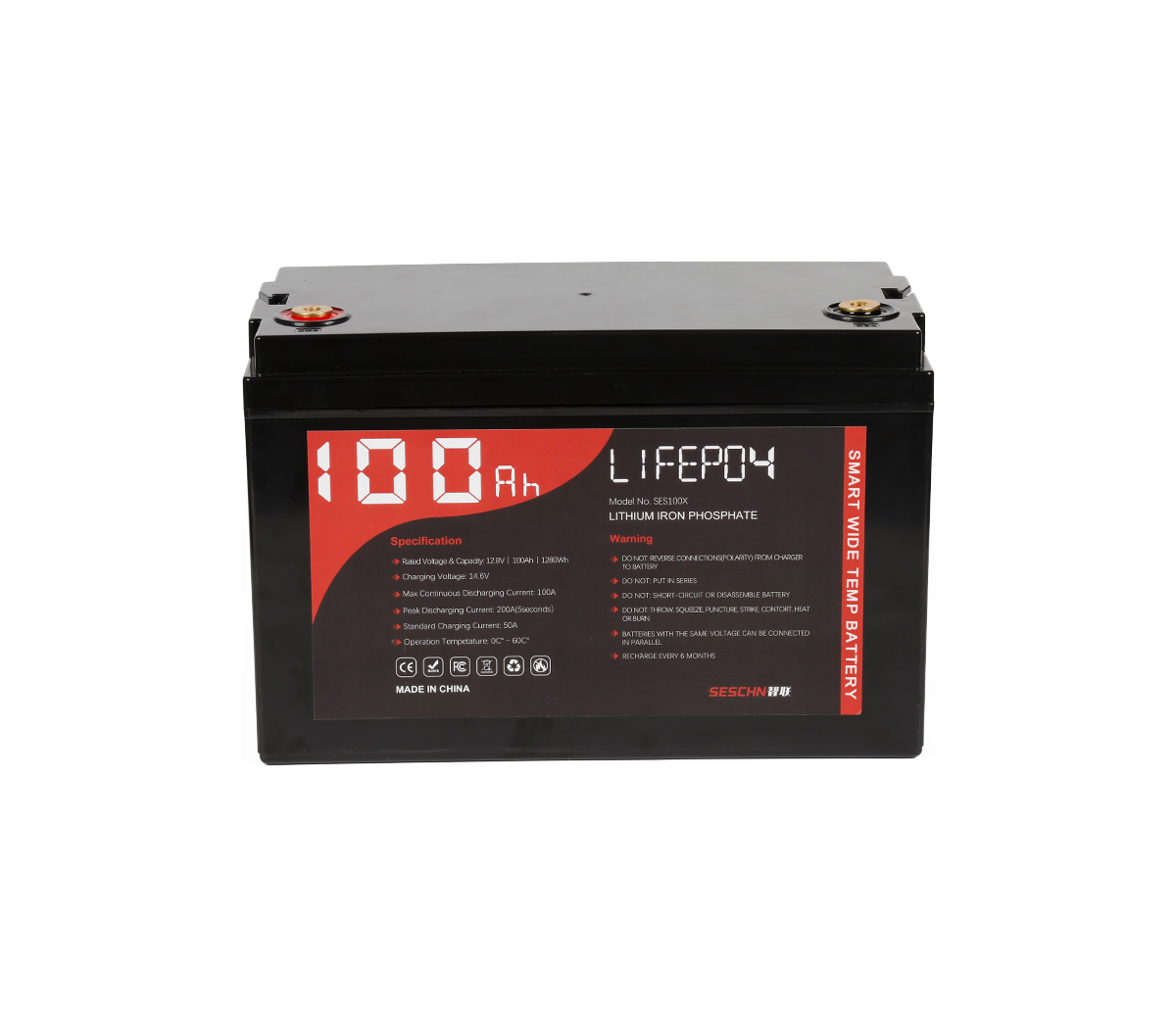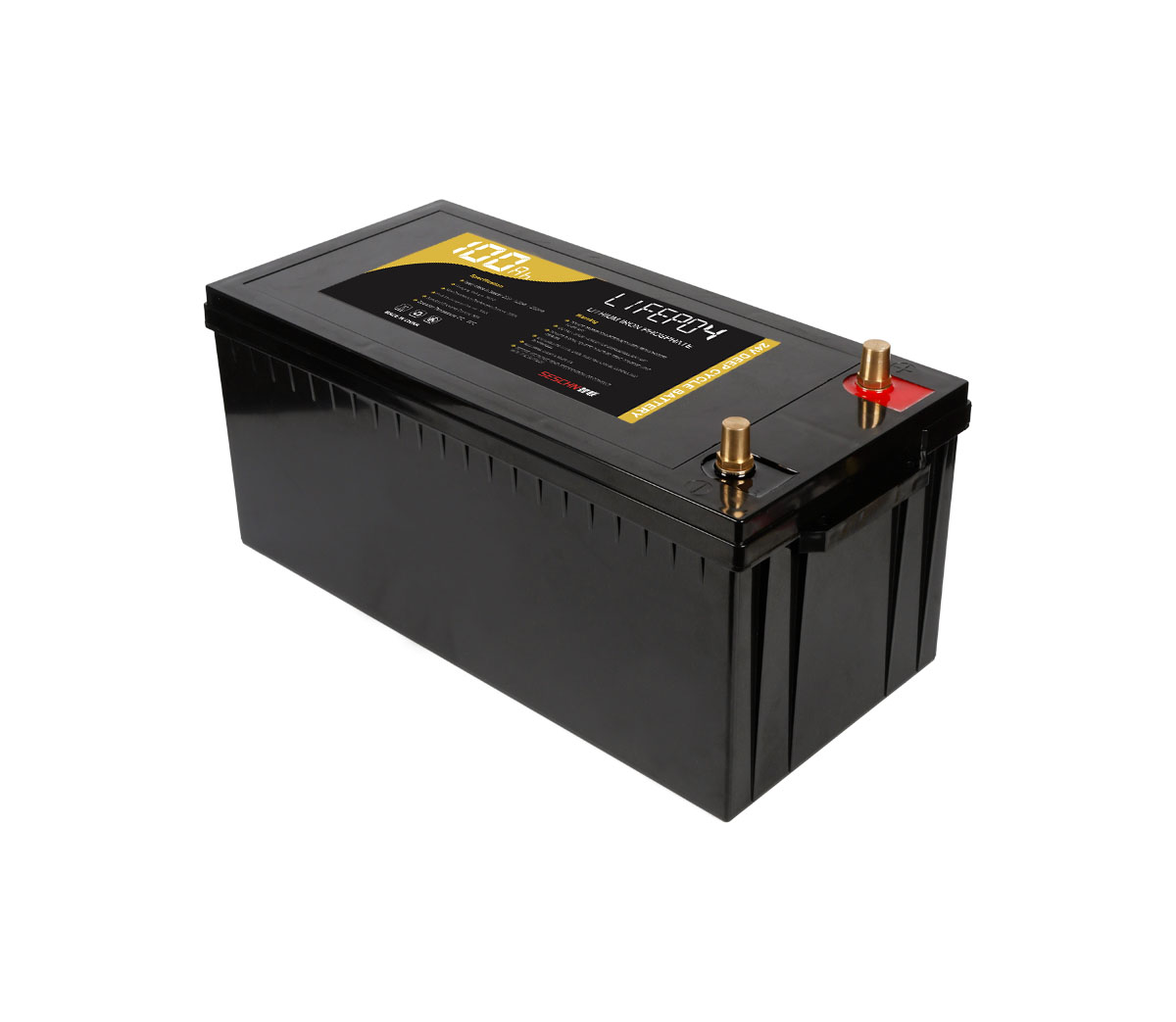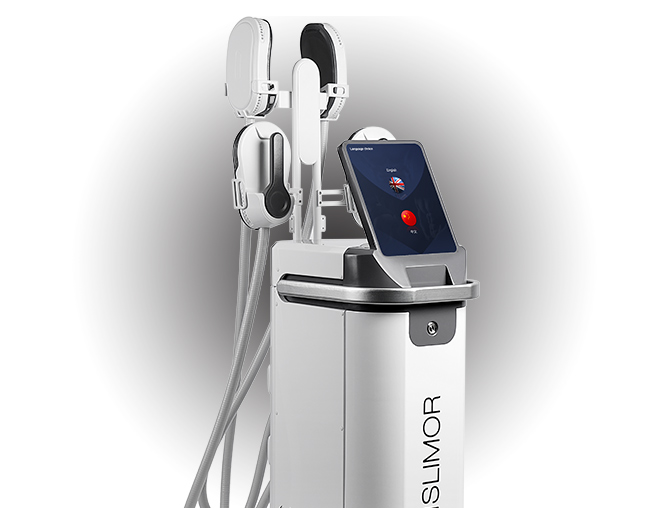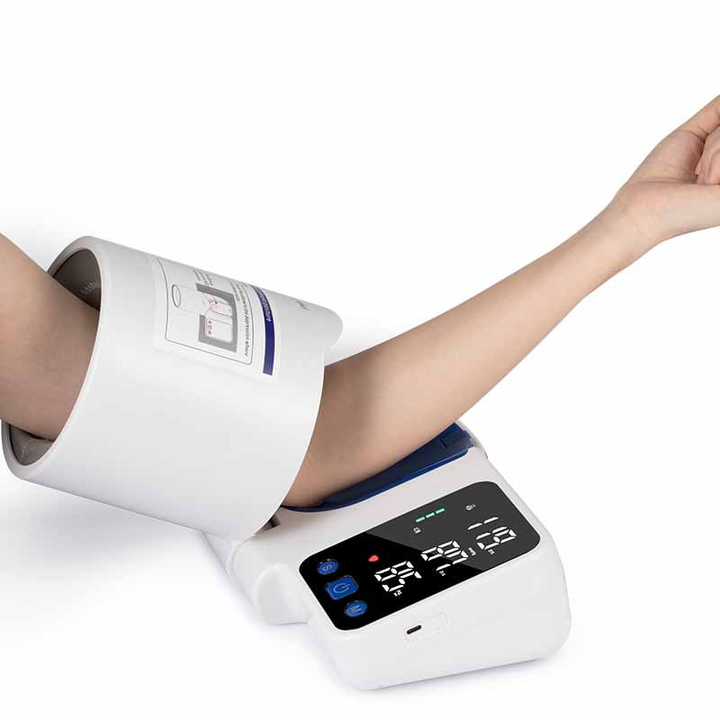
Although some performance indicators of NCA materials are excellent, the
road to large-scale commercialization is long and tortuous. To achieve
large-scale industrial applications, NCA lithium-ion batteries still face many
technical challenges.
Compared with foreign counterparts, although domestic manufacturers have
completed preliminary exploration of related technologies, they have been
affected by the continued decline in the price of conventional
nickel-manganese-cobalt multi-materials (NMC) in the domestic and foreign
markets, and the market demand is still dominated by small consumer batteries.
The combined influence of factors. NCA materials have not been mass-produced and
sold in China, and there are still some technical problems that need to be
resolved. It is foreseeable that with the rise of the electric vehicle and
energy storage market, the market demand for NCA materials will increase
substantially. Domestic companies need to take this opportunity to increase
investment and advance the development of localized NCA materials. Although some
performance indicators of NCA materials are excellent, the road to large-scale
commercialization is long and tortuous. To achieve large-scale industrial
applications, NCA lithium-ion batteries still face many technical
challenges.
01
NCA material preparation technology is more difficult
"First of all, the preparation process of the NCA precursor
LiNi0.8Co0.15Al0.05(OH)2 is technically difficult. The sedimentation pH values
of Ni and Co elements are quite different, and their solubility product
constants are nickel hydroxide 10-16, cobalt hydroxide 10-14.9, and aluminum
hydroxide 10-33. It is difficult for aluminum ion to complex reaction with
ammonia, so it is used In the conventional co-precipitation method, aluminum
ions can easily form flocculent products. And Al(OH)3 is an amphoteric
hydroxide, which decomposes into AlO2-1 at a higher pH value, resulting in
uneven element distribution of the precipitation product of nickel, cobalt and
aluminum, difficult to grow in particle size, low bulk density, and sodium at
the same time The problem of difficult to deal with impurities such as sulphur,
sulphur, etc., was not solved until the sodium aluminate process was adopted to
solve the problem of co-precipitation of aluminum.
Due to the thermodynamic instability of Ni3+, the sintering temperature of
NCA cannot be too low or too high. Too low Ni2+ is difficult to oxidize to Ni3+,
and too high Ni3+ will decompose to Ni2+. Therefore, the optimum sintering
temperature condition is generally 750~800℃.
02
Special production equipment requirements
Since NCA requires a pure oxygen atmosphere, it has high requirements on
the tightness of production equipment. At the same time, the oxidation
resistance of the internal components of the kiln equipment is very high. The
kiln that produces ordinary multi-material materials fails to meet the
requirements, and domestic equipment manufacturers are suitable for high nickel
The design and manufacturing experience of professional kilns for cathode
materials is insufficient, and the quality reliability is not high.
03
Material production costs are high
For ordinary ternary materials, only air atmosphere is needed in the
production process, while NCA requires pure oxygen atmosphere. The cost of pure
oxygen is high, and it has extremely high requirements for oxygen production and
supply equipment. At the same time, NCA is sensitive to temperature and
humidity. The humidity of the production environment is controlled below 10%,
which increases the cost of production and management.
04
NCA battery design and manufacture are more difficult
The thermal stability of high nickel materials under the state of charge is
low, which leads to a decrease in the safety of the battery. It is necessary to
carry out a reliable and safe design from the cell design, power supply system
design, and power use, so that battery manufacturers and end product users There
are concerns about the safety of NCA batteries; on the other hand, serious gas
production during charging and discharging leads to swelling and deformation of
the battery, reduced cycle and shelf life, and safety hazards to the battery.
Therefore, the 18650-type cylinder is usually made of NCA cathode material.
Battery to alleviate the problem of battery swelling and deformation.
TeslaModelS uses a high-capacity 3.1AhNCA lithium battery pack jointly developed
with Panasonic and consists of 7000 18650 cylindrical batteries.
The surface of the NCA material is relatively alkaline, the electrode
slurry viscosity is unstable, and the viscosity increases or even jelly occurs,
which leads to poor coating performance during the production of the battery
plate; the NCA material is sensitive to humidity, easy to absorb moisture, and
The Li2O in the material continuously reacts with CO2, leading to material
performance degradation or even failure. Therefore, during the battery
production process, the electrode slurry, electrode plate, and coil core are
very sensitive to moisture. The entire production environment has strict
requirements on humidity, resulting in equipment Investment and production costs
are relatively high. Therefore, domestic battery manufacturers are actively
developing the NCA battery system, most of which are in the stage of tracking
research and technological exploration, and there is still a certain gap between
the requirements of industrialized applications.



































